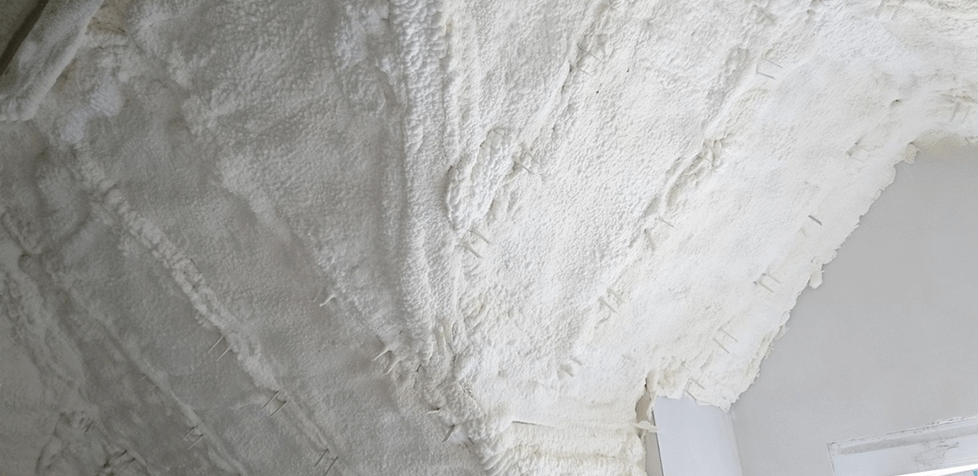Wall insulation
Insulation of walls in buildings of all types is a necessity. Non-insulated houses are simply a huge waste of energy produced in any way. Most single-family houses are insulated from the outside, but there are quite a few buildings that cannot be insulated in this way. Then the only way out is warming from the inside.
Insulation of internal walls – in what situations?
Insulation from the inside is performed less often than all well-known insulation of external walls. Why? Because it is more complicated and involves various types of difficulties. The basic problem is that the construction of the entire building in this case (external walls, ceilings) is located in the unheated zone. When there is no insulation from the outside, the wall has a higher temperature, which of course translates into higher heating costs.
However, there are situations in which insulation of internal walls is necessary. In case the house has an elevation that you do not want or cannot destroy, you will need insulation from the inside. This type of insulation should also be used when the building is under conservation supervision or constitutes part of the semi-detached or terraced buildings (and owners of the other parts do not want to heat the whole). Such isolation is also necessary, for example, when you have the right only to a part of the house, and co-owners do not agree to insulate the whole building.
Once you have decided to heat the inner walls, you should remember two important things. First of all, insulation of the walls from the inside takes away the valuable utility space of the building. In this situation, the thickness of the insulator used is very important. Secondly, the compartment insulated from the inside will be exposed to external coldness, which may make it more vulnerable to moisture and possible damage. Therefore, to prevent the condensation of water vapor in the compartment, you should choose the right material and pay attention to the appropriate thickness of insulation.
Insulation of internal walls with polyurethane foam
 One of the best materials for internal insulation is polyurethane foam, which is applied by spraying. Its basic advantage is the low heat conduction coefficient. Thanks to this, the insulation layer can be really thin. Open-cell polyurethane foam has also the ability to diffuse water vapor, thanks to which the construction elements will not get wet and decay.
One of the best materials for internal insulation is polyurethane foam, which is applied by spraying. Its basic advantage is the low heat conduction coefficient. Thanks to this, the insulation layer can be really thin. Open-cell polyurethane foam has also the ability to diffuse water vapor, thanks to which the construction elements will not get wet and decay.
The advantages of open-cell foam include its durability. While maintaining a constant, high thermal insulation capacity, its durability is counted in decades. In addition, its coating is jointless, which can not be effectively done with traditional insulation methods.
It is worth to add a few other benefits of this material to the above-mentioned ones. Polyurethane foam is environmentally friendly, and the hydrodynamic spray allows you to fill out hard-to-reach places accurately. Foam is also ideal for curved, wavy, and irregular surfaces.
Insulation of internal walls – what else is worth remembering?
When insulating the inside, first of all, protect the walls against moisture. The penetration of water vapor coming from the inside of the house into the center of the compartment is counteracted by a vapor barrier with a properly selected diffusion resistance coefficient. Traditionally, the compartment is constructed so that the material with the highest resistance is located from the inside. The further to the outside, the resistance of the next layer should be smaller. In the case of insulating internal walls, such a layer system is disturbed, therefore, the water vapor must be limited to the center of the compartment.
The vapor penetrates differently through the individual insulation materials because they have different diffusion resistance coefficients. The type of insulating material depends on the condensation of the water vapor.
When making insulation from the inside, it is worth to remember about thermal bridges, which in this case are difficult to avoid. Ensuring the continuity of internal insulation in an old building would be connected with the need to insulate not only walls but also all floors and ceilings, with the transfer of all installations and insulate their passage through ceilings.
Finally, an important tip at the end. Deciding to insulate internal walls, entrust the project implementation to experts familiar with the physics of the building. For example, the expert will perform calculations to check if there is condensation inside the insulated compartment and will propose solutions adequate for the building being insulated. Remember! Every case of insulating internal walls is different and requires an individual approach.

 This website uses cookies. By using this website, you consent to the use of cookies in accordance with your browser settings.
This website uses cookies. By using this website, you consent to the use of cookies in accordance with your browser settings.